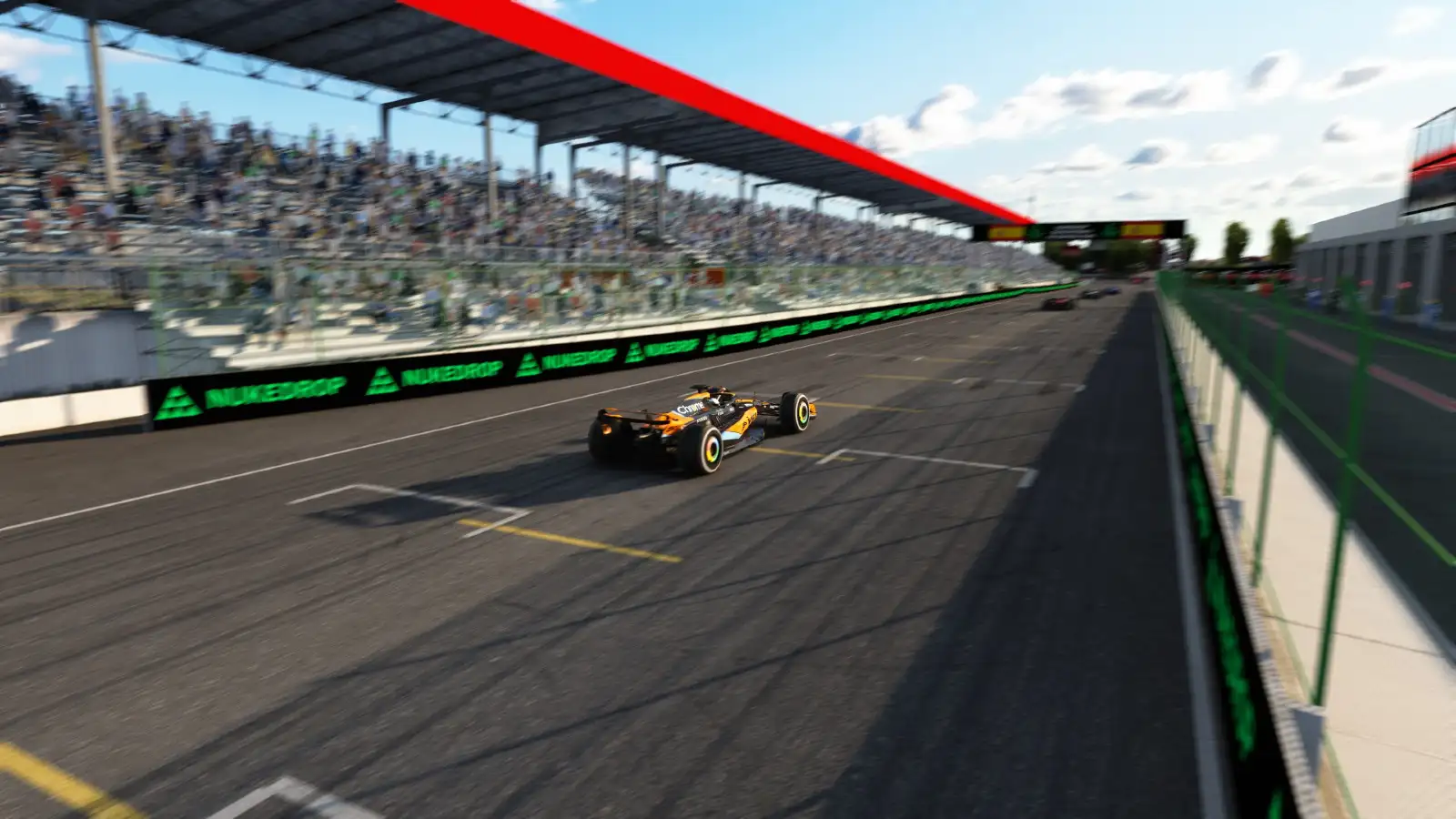Madrid, yes or no?
The novel circuit has garnered both applause and criticism, but did F1 really make a wise move by incorporating another street layout into the mix?
It's official: After months of speculation, F1 has confirmed that Madrid will host the Spanish Grand Prix from 2026, marking its return after 45 years with a 10-year deal. The announcement has sparked a range of reactions: positive, negative, and mixed feelings about Madrid's integration into the F1 calendar so let’s delve into all aspects to gain a clear understanding of the project and answer the ultimate question: Madrid, yes or no?
Let's start with the basics. The Grand Prix will feature a completely new layout, comprising both street and non-street sections, measuring 5,474 meters with 20 turns and an expected lap time of 1.32. The circuit will be built around IFEMA (Madrid's exhibition centre) and the Valdebebas Complex, home to Real Madrid's Sports City, which could also benefit the football club.
The most controversial aspect, and the one that has attracted the most criticism, is the addition of another city circuit to the calendar. But do city circuits really offer fewer overtaking opportunities and are they less race-friendly? Data can provide some insights.
In terms of overtaking in 2023, Zandvoort leads with 188 (17% of the season's total overtakes and +188% YoY) with the new and controversial street circuit of Vegas placing second with 99 overtakes (9% of the total). Close behind are a number of circuits, each accounting for 6% of the total, including Abu Dhabi (70), Spain (65), Austria (63), and Miami (62), a semi-urban track resembling what Madrid would like to become. Singapore also performs well with 42 overtakes (4% of the total), while Monaco outperformed Canada and Hungary, staying right below Silverstone.
Street circuits might not be a people’s favourite, but looking at the figures they do have some chances to deliver good racing, and with smaller cars coming, the action could intensify. Madrid's out-of-town zone is designed for overtaking, and city streets are also wide, but the final circuit design has yet to be subject to FIA and FOM regulations.
Sustainability at the top
F1's goal of net zero emissions by 2030, with a major milestone of transitioning to 100% sustainable fuels by 2026, is very much present in all areas of the sport. Madrid is unique in its focus on fan transport and accessibility, with the aim of having a positive impact on overall GP emissions. With 90% of visitors able to reach the circuit by public transport, this is a strong point for sustainability goals and enhances the overall fan experience, with around 110,000 spectators expected. While Barcelona was already the most sustainable circuit in the calendar, Madrid aspires to take the pole with the IFEMA venue using already 100% renewable energy.
Politics and Public Opinion
There are a lot of different voices in Spain, and one issue resonating a lot is the case of the Valencia GP. For those who don't know, Valencia hosted the Spanish Grand Prix from 2008 to 2012. It was a city circuit created with the right-wing party Partido Popular's promise of zero public investment. Today, the Valencia circuit is completely abandoned, with the economic results being completely loss-making and a public debt of up to $300 million that the city (and the citizens) are still paying. Former leaders, including Bernie Ecclestone (Former F1 CEO) and Francisco Camps (Valencia Region Former President), faced corruption charges.
The issue remains in the public agenda as Isabel Díaz Ayuso (Madrid Region President) and Jose Luís González Almeida (Madrid Mayor), both from the Partido Popular, have promised 10,000 jobs and €450 million return for the Madrid event. According to the Economic Impact Report of the Australian GP in 2023, carried out by Ernst & Young, the total FTE employment was 1,149 people with an economic impact of $268 million, and while Madrid may be more accessible to European fans, there is skepticism about the lofty promises made.
Madrid marks the end of Barcelona?
The future of the Circuit de Barcelona-Catalunya adds complexity. Montmelò is a traditional circuit, extensively used for testing purposes, and has implemented recent layout changes to enhance racing, but it might reach its end with the Spanish GP relocating to the Spanish capital, although anything is confirmed at the moment, and even Stefano Domenicali has stated that one should not exclude the other. The contract deal with Barcelona, ending in 2026, provides the opportunity to witness both GPs coexisting, at least for a year. The Circuit has expressed a desire for a contract extension, but the reality is that with a tightly packed F1 calendar, having two GPs in the same country is unlikely. Barcelona faces pending issues in the upcoming years, such as poor public accessibility in the last edition, where fans waited for more than two hours to access the track, with claustrophobic experiences after the race to leave the venue.
That being said, Madrid still has several essential tasks to complete before joining the Formula One calendar, including securing FIA homologation for the racetrack and obtaining official approval from both the FIA and the World Motor Sport Council, which is not expected until October 2025. While the announcement marked the official agreement between Liberty Media and Madrid, it lacked any representation or mention of the FIA or the Spanish Motorsport Federation—two crucial entities for the realization of a Formula One Grand Prix in Madrid. These entities will define the track and determine if it becomes a total failure or, like Vegas, a total surprise.




